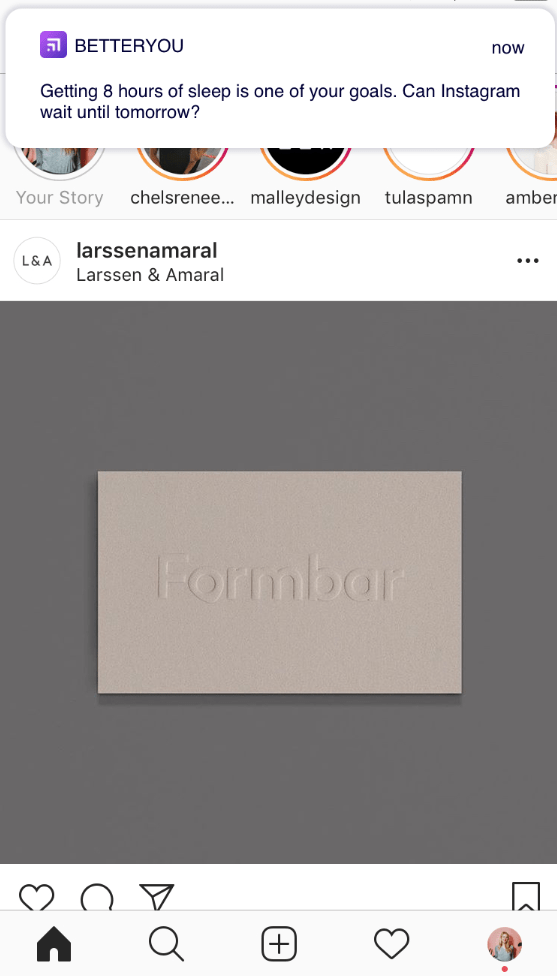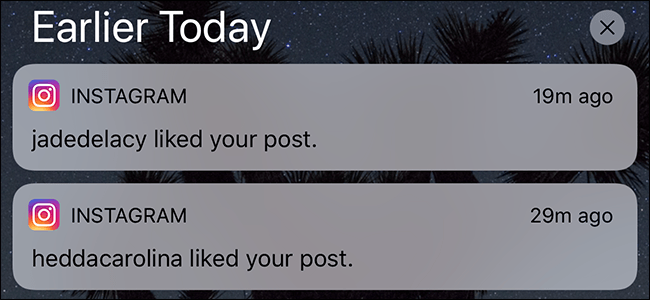Have you ever looked at your phone and thought: “Wait, how did I end up here? What did I need to do again?” We all have apps we use where 10 minutes easily turns into an hour. So, is it any wonder that in 2017 over 90% of discretionary time in the US was spent on a screen? This number that has nearly tripled over the last 10 years. But as our time on device keeps going up, is our satisfaction with that time actually increasing?
Before we dig in, our time on a device isn’t inherently bad. Using Maps to find your way back home is a miracle in and of itself. Rather, the time we spend on our devices is really only as helpful as it is intentional. When presented with a series of options we all have a choice: the biggest issue is, are we really making one?
Behavioral Design and How it Works
Behavioral economics looks at how people make decisions; behavioral design is how that knowledge gets applied to the systems and the environment that we create. This is something that we have been doing for a long time. How long exactly? At least as long as milk has been at the grocery store.
You see, the two most common reasons people go to the store are to refill a prescription or to get milk. Where are these items located in the store?
The back.

What’s On The Menu?
If you control the menu, you can influence the choices being made off of that menu. We all favor options that are presented to us instead of the options we have to uncover. Have you ever ordered something that wasn’t on the menu at a restaurant? Compare that to how many times you’ve ordered something that was on the menu. Which choice is more important? The choice that tells you what options you have? Or your choice of picking an option?
Our devices are really just a series of menus made by Apple, Google, and the apps we use like Twitter. The options we find on these menus tend to keep us on our device. For example, if I’m on Twitter I can scroll to see new content, I can tweet, but Twitter isn’t going to tell me to go for a 10-minute walk right now. That’s not on the menu. That’s not their business. Engagement is their business.
Engagement 101- How do you get someone to keep using your product
A study of pigeons found that if you want to get birds to push a lever more frequently you shouldn’t reward them every time they hit it; you should use intermittent variable rewards. When you only reward them 70% of the time, they’ll hit the button far more often than if you reward them 100% of the time, well past the point where they have gotten the same amount of food.
What do pigeons have in common with people? In 2011 slot machines made more money than movie theaters, amusement parks, and major league baseball combined. Slot machines are also four times more likely to cause people to get problematically involved with them than other methods of gambling. The one-armed bandit, the slot machine’s endearing nickname, is one of the most effective ways of separating someone from their money. What about their time?
Every time you see a notification box you are seeing the one-armed bandit in digital form. Will the notifications be the ones you want or just that someone has viewed your profile? The only way to find out is to click. When we refresh our Instagram feed to see what new images will appear we are pulling the one-armed bandit as well. It’s a powerful tactic to drum up engagement, but how do you keep people going?
Bottomless Bowls and Infinite Scrolls
How do you get someone to keep consuming content past the point where they would normally stop? Brian Wansink from Cornell had an interesting approach to this problem. He found that he could trick people into eating past the point where they were full by eliminating natural stopping cues. His test used a large bowl of soup hooked up to a tube. As you ate the soup the bowl would slowly refill, making it bottomless. People in the experimental group, with the bottomless bowl, wound up eating 73% more soup than people in the control group. If you can trick people into eating past the point that they’re full, then why can’t you get them to consume content past that same point?
That infinite scroll you see on Twitter, Instagram, or Facebook has a similar effect (eliminating natural stopping cues). Infinite scrolls are the bottomless bowls of the digital world, and whether we realize it or not, we’re all eating.
A BetterYou
If someone were to ask you in the street where you were going to spend your time today what would you tell them? Family? Exercise? Sleep? You would probably say very values-based activities. You know who doesn’t think that way? Digital you, the person you are on your phone. It’s not a bad thing, I’m the same way. The number of times I find myself looking at headlines on Twitter at one in the morning instead of getting my seven hours of sleep are too many to count on my fingers and toes.
There’s a cost to that next swipe on Instagram or hitting that notification on Twitter. It just isn’t obvious. But on the weeks where you miss that call to your parents or the nights that you miss out on sleep, it is. You tell yourself you were too busy that week, but really your swipes, scrolls, and notifications cost you the things you thought were most important in your week.
The answer isn’t getting rid of your phone. We all have the option to put our phone in a drawer during the day or go buy a lightweight phone that can only call/text, but how many of us choose to do that? We want to be able to use our devices when we want to use them. So then how can we make sure we’re spending our time well on our devices?

BetterYou is the digital coach that helps you spend your digital time effectively. First, you tell us what you care most about, then we take a few days learning digital you, and how that person stacks up to who you want to be. We identify the tradeoffs you are currently making that are flat out inconsistent and help you stay on track with your goals.
We do all this in the background, so you don’t have to enter a thing after onboarding. There’s this data exhaust that’s created from using our devices every single day. BetterYou turns that exhaust into wellness insight and links it back to your goals.
90% of our discretionary time might still be on a screen for 2019, but if we get the calls in to our parents each week, listen to that new podcast we’ve been putting off, and finally learn Spanish on Duolingo, maybe that person we see in the mirror tomorrow will be more like that person we want to be than the one we are today. What better way to be that BetterYou than turning the way we’re spending the bulk of our time into something intentional?
For more information or to see what BetterYou can mean for you check out our beta.




